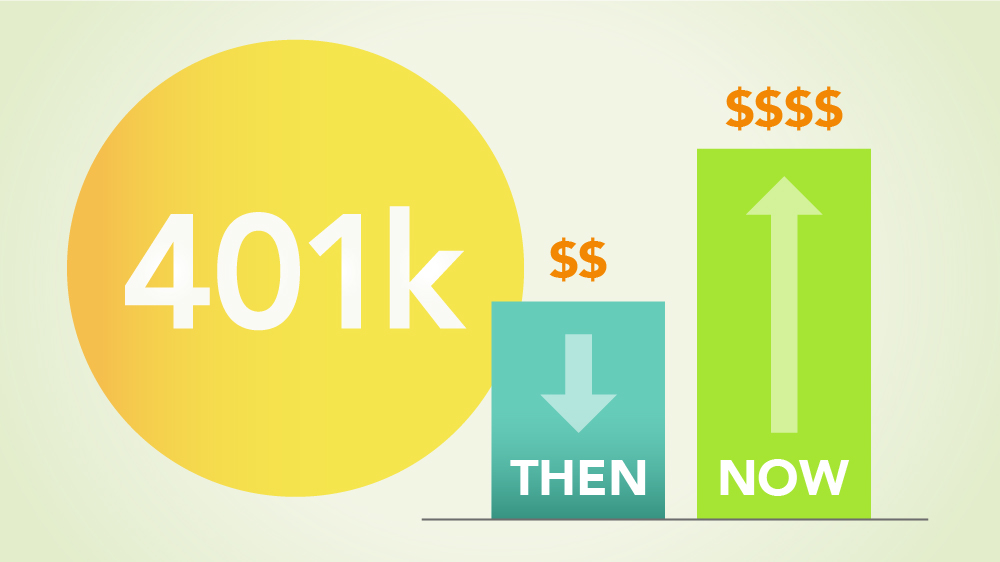
If you’re like many small business owners you probably started a 401(k) plan years ago and, since it’s been running fine, left it well enough alone.
You have a business to run, right? Shopping for a new 401(k) provider probably isn’t top of your to-do list, this week or even this year.
Yet you should compare 401(k) plan prices periodically, as the article below details. You can do that fairly simply using an RFP database, requesting or accepting periodic bids for full plan benchmarks or proposals, or potentially even both.
However you approach the problem, know this: The underlying cost of 401(k) investments and advice has changed a lot in the past few years.
If your plan is a couple of years old, you might find plans that nevertheless can offer better, more modern service at a reduced cost.
Two Approaches to Benchmarking Plan Fees
A quick comparison of prices paid by plan sponsor peers can let a sponsor know if it should issue an RFI or RFP.
By Lee Barney
Benchmarking retirement plan fees has become more complex in recent years, as it has moved beyond just scrutinizing recordkeeping and administrative fees, Audrey Wheat, senior specialist, vendor analysis at CAPTRUST, tells PLANSPONSOR.
“Because those fees have been compressed so much, we are paying attention to all of the ancillary fees—transaction fees, material fees for fulfillment and printing, adviser or consultant fees, and fees having to do with managed accounts and advice,” Wheat says. “Plan sponsors need to make sure that all of the fees they are paying are reasonable.”
There are two ways sponsors can benchmark their fees, Wheat says. There is the traditional approach of doing an external benchmark by issuing a request for information (RFI) or a request for proposals (RFP), she says. To conduct such an inquiry, the sponsor would “gather plan data, such as assets, number of participants, cash flow history, contributions and distributions, and plan provisions,” she says.
“The sponsor’s adviser would then send this information to a select list of vendors, perhaps five or six, to find out what fees they would charge, and then basically take all of that data and compile it into a presentation for the sponsor,” she adds. “That information gives the sponsor the ability to get their current recordkeeper’s fees within that range or, at least, to become more competitive.”
The other approach is to use information from a database of plan sponsors to compare fees paid. Wheat says CAPTRUST segments price points from the database of clients it serves based on total plan assets and average account balance. Looking at what other plan sponsors with similar assets and average account balances pay for services, CAPTRUST can tell a plan sponsor what it should expect would be a reasonable fee for its plan.
“The benefit of an internal benchmark is that it can be turned around in a week, whereas doing an RFI or RFP takes several weeks because it entails coordinating with different vendors,” Wheat says.
She adds that if sponsors want to do a quick price check, it’s convenient for them to start with the internal benchmark. If they discover they are paying fees outside of what would be considered a normal range, then they might move on to issuing an RFI or RFP to get competitive bids in order to negotiate with their current vendor.
Joe Valletta, principal with HR Investment Consultants and co-author of the “401k Averages Book,” says he believes the best way for sponsors to benchmark fees is through an RFI. “That will give them the most accurate pricing,” Valetta says. “It is the most efficient and least expensive approach.”
Valletta notes that there are benchmarking services, offered by BrightScope and Fiduciary Benchmarks, for example, that can provide fee benchmarking analysis. However, he says, that data is more general and will not be specific to a particular sponsor.
He says sponsors have a fiduciary responsibility to benchmark their plan’s fees and that they should conduct this analysis annually or at least every three to five years.


